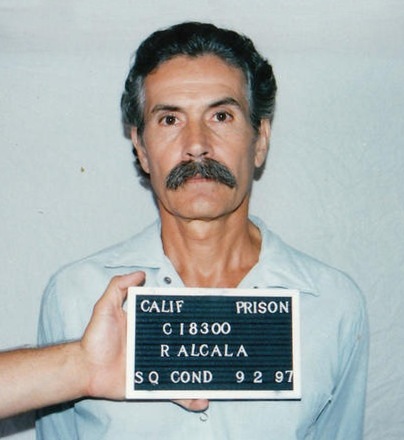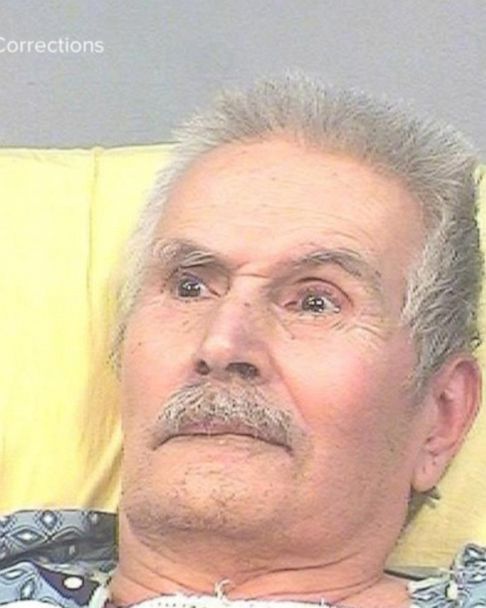ABC’s ’20/20: The Dating Game Killer’ examines the life and crimes of Rodney Alcala, a convicted rapist and serial killer, who earned the moniker of “The Dating Game Killer” by making an appearance on the television show ‘The Dating Game’ in 1978, in the midst of his murder spree. Rodney supposedly started his crime indulgence in the late 60s, following which he posed as a professional photographer and traveled all across the nation to lure his victims.
Who is Rodney Alcala?
Born as Rodrigo Jacques Alcala Buquor in San Antonio, Texas, on August 23, 1943, Rodney Alcala spent most of his childhood jumping from one place to another. He moved to Mexico with his family when he was around 8 years old, and then, when his father abandoned them three years later, he relocated to suburban Los Angeles with his mother and two sisters. At the age of 17, Rodney stepped up to be the earner and joined the United States Army as a clerk. However, in 1964, after he was diagnosed with an antisocial personality disorder by a military psychiatrist, he was discharged on medical grounds.

Upon leaving the service, Rodney attended California State University before transferring to UCLA, from where he graduated with a Fine Arts degree in 1968. As per all public accounts, it was only after this that he began his crime spree, starting with the rape of the then 8-year-old, Tali Shapiro. For the next decade or so, Rodney traveled all across America, committing rapes and murders, especially in California and New York. And although he was a registered sex offender by 1971, with repeated instances in the following years, he was still able to land a job with The Los Angeles Times as a typesetter.
Rodney Alcala Died of Natural Causes
In July 1979, Rodney Alcala was arrested in connection with the June disappearance and murder case of 12-year-old Robin Samsoe. The very next year, he was tried, convicted, and sentenced to death for the same. However, the California Supreme Court overturned the verdict as it came to light that the jurors had been improperly informed of his previous sex crimes. In 1986, Rodney’s second trial resulted in the same guilty verdict, but it was overturned yet again in 2001 on a technicality. Before he could be tried for the third time, though, with advances in technology, Rodney was connected to four more murders in California via DNA.

Therefore, in early 2010, Rodney was found guilty of all five murders, for which he was sentenced to death. But this did not mark the end of the road. After all, he was soon tied to two more homicides committed in New York in 1971 and 1977, to which he pleaded guilty in 2013 and received an additional term of 25 years to life. The death penalty had been abolished in this state in 2007. During his several trials, various psychiatric experts had actually proposed that Rodney suffered from a narcissistic personality disorder, borderline personality disorder, and malignant narcissism with psychopathy plus sexual sadism comorbidities, indicating that there was a reason behind his actions.
However, this made no difference as Rodney was ostensibly well aware of right from wrong. According to reports, this serial killer had a massive collection of photographs showing women and teenage girls as well as boys in sexually explicit poses, which he himself took. This had led authorities to believe that the subjects of these images could be his other, yet-to-be-identified, victims. They also suggest he “toyed” with them by torturing them a few times before finally killing them. It thus comes as no surprise he’d remained incarcerated at the minimum to maximum-security California State Prison- Corcoran until he passed away of unspecified natural causes on July 24, 2021 — the 77-year-old was on death row, so he died before his sentence could be executed.
Read More: Who Were Rodney Alcala’s Victims?

